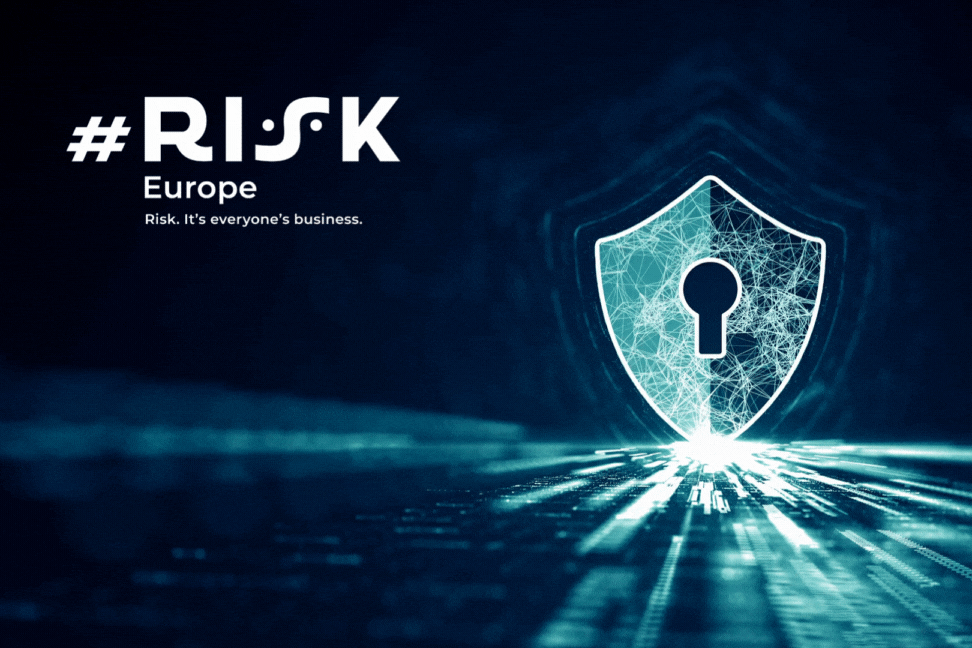A new study has speculated that IT leaders may be too confident when it comes to relying on cloud, security and application capabilities, a new study finds.

The research reveals that while many enterprises ranked themselves in the top 5% of businesses on the leading edge of innovation, the reality tells a different story.
The “Innovation Reality Check: A crisis of overconfidence in IT” report showed a critical reality check on perception versus reality among IT and finance decision-makers when it comes to enterprise innovation, whether it is focused on security, cloud, or advanced applications like artificial intelligence (AI) and automation.
Mike Rulf, CTO of Americas at Syntax, said:
“As we stand at an inflection point in the way the world does business, enterprises have more opportunities than they think to get ahead of the competition and continue improving.
“An honest assessment of capabilities now will only accelerate innovation in the future. At Syntax, we’re taking it a step further by helping companies uncover insights within their own data to establish a solid foundation for growth,” Rulf added.
Today’s business landscape continues to shift as hybrid work moves into a more permanent position, emerging technologies require skilled workers, and cyberattacks continue to climb. IT leaders who overestimate their capabilities find themselves at risk of missing out on critical innovation.
From its survey of 500 US-based senior management leaders managing at least $500M in revenue, Syntax assessed where their technology and business analytics capabilities fall on a spectrum.
The research concluded that IT leaders are overinflating their innovation capabilities. While many executives ranked themselves on the leading edge — among the top 5% of businesses in each category — their actual capabilities and attitudes painted a different picture. AI and analytics projects, for example, caused companies the most significant financial losses over the last year.
Enterprises were found to lag in adopting automation, with the majority reporting less than 50% of their processes are currently automated. Low-code and no-code tools were still found to be absent from 48% of enterprises. Additionally, automation investments brought the lowest returns, with only 42% of enterprises reporting positive return on investment (ROI) — signalling challenges in finding the right talent to implement these technologies.
Locking down the best employees for the job was also found to be an issue, with Talent shortages slowing down digital transformation timelines: 45% of survey respondents noted that they don’t have the talent to migrate to a public cloud.
Diving deeper into emerging technologies, only 36% of companies said they think they have the staff to implement AI automation. Only 19% of respondents said getting leadership approval was a barrier to adopting automation — the most significant challenges are lack of talent and technology.









No comments yet